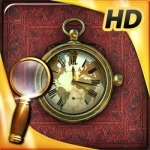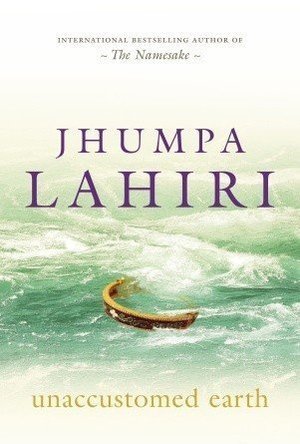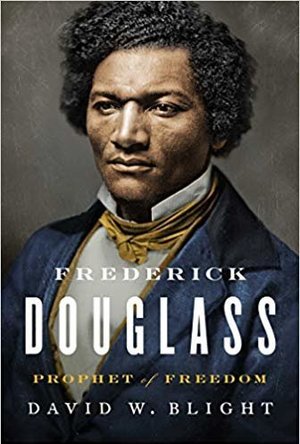
Around the World in 80 Days (FULL) - Extended Edition
Games and Entertainment
App
The EXTENDED EDITION has finally arrived! - New puzzles - New scenes - New objects - New...

Herald Sun
News and Magazines & Newspapers
App
The Herald Sun' new app for iPhone and iPad delivers award-winning coverage of breaking news,...

Holding Pattern Trainer
Navigation and Education
App
Save time and money on your instrument flight training by mastering IFR holding pattern entries at...

African Recipes 4000+
Food & Drink and Lifestyle
App
Looking for African recipes, this application has more than 4000 trusted African recipes. ...

The Courier-Mail
News and Magazines & Newspapers
App
The Courier-Mail's new app for iPhone and iPad delivers award-winning coverage of breaking news,...

The Daily Telegraph
News and Magazines & Newspapers
App
The Daily Telegraph's new app for iPhone and iPad delivers award-winning coverage of breaking news,...

SWIPS - Sports Live Scores
Sports
App
SWIPS offers the best custom-tailored contents for your favorite professional sports! Enjoy sports...

Unaccustomed Earth
Book
Eight stories—longer and more emotionally complex than any Lahiri has yet written—that take us...
India immigrants short stories

Frederick Douglass: Prophet of Freedom
Book
The definitive, dramatic biography of the most important African-American of the nineteenth century:...
